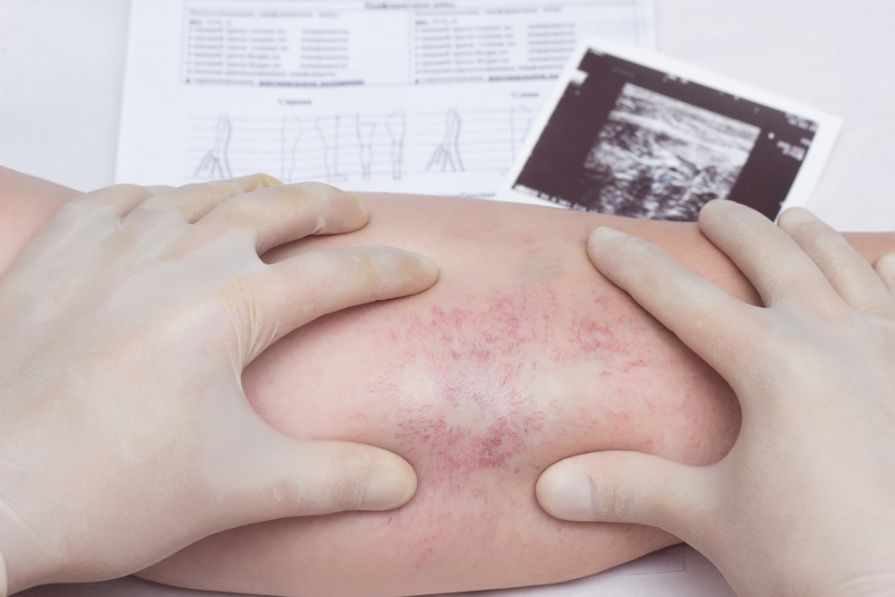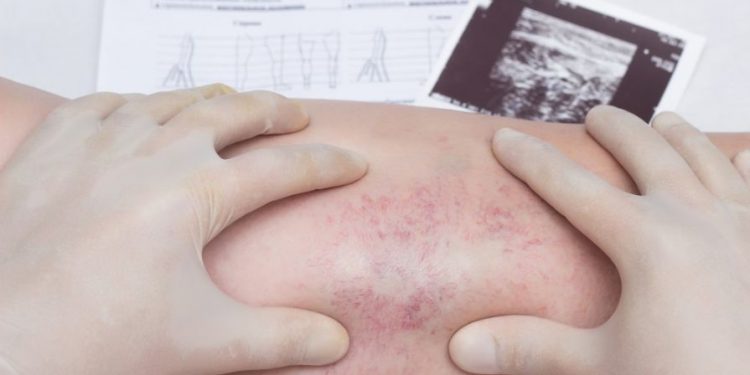Varicose veins are swollen, bulging veins that can appear anywhere in your body, but usually affect the legs and feet. They’re usually blue or purple in color, and can look lumpy, twisted, or dilated. They can also develop in clusters. Tiny red or blue lines (spider veins) may appear near the varicose veins.
Symptoms of Varicose Veins
The most common symptom of varicose veins is pain, itching and swelling in your legs. The condition can sometimes be confused with other medical problems, so it’s important to see your doctor if you have any of these symptoms.
Your doctor will ask you about your symptoms and do a physical exam to examine your legs. They may also do an ultrasound test to check the flow of blood through your veins.
Treatments for Varicose Veins
Your health care provider will recommend treatments to relieve the pain and appearance of your varicose veins. Typically, your doctor will start with conservative options first, such as compression stockings and simple lifestyle changes, to improve blood flow and ease the pressure on your veins.
If these treatments don’t work, your doctor may prescribe sclerotherapy to remove varicose veins. The procedure involves injecting a chemical into the varicose vein with an ultrasound-guided needle. The treatment works by breaking down the vein wall and causing it to clot.
You may need several sclerotherapy treatments to get rid of all of your varicose veins. In the weeks following your treatment, your leg’s blood circulation should improve, which will help the veins fade away.
Sclerotherapy is performed by a specialist in vein diseases, such as a podiatrist or vascular surgeon. The injection is usually carried out under a local anaesthetic, and you’ll be given a painkiller to numb the area being treated.

In most cases, sclerotherapy will be successful. However, if the veins reappear in the months after treatment, you may need to repeat the procedure.
The most serious problem that varicose veins can cause is blood clots in your deep veins, which are veins located beneath the surface of the skin. These clots can break off and travel to the lungs (pulmonary embolism), where they can be fatal.
To prevent this from happening, you should change your position often when sitting or standing and avoid long periods of standing. You should also try to lose weight and exercise.
If you’re overweight, losing weight can improve the flow of blood to your legs and reduce the pressure on your varicose veins.
Your doctor can tell you how much weight you should lose to help your veins. This will depend on your weight, age, and gender.
Some herbs and dietary supplements can also be helpful to reduce the size of your varicose veins. Consult your doctor before starting any supplement or herb regimen to make sure it won’t interfere with any medication you’re taking.
Using compression stockings can reduce the appearance of your varicose veins, and help relieve symptoms such as swelling, pain, and itching. You should also wear these stockings at night to keep the blood flowing properly in your legs.









